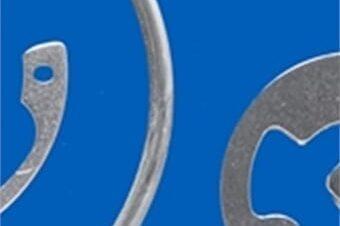
Main elements of a mechanical seals
All mechanical seals are constructed with the following basic sets of parts:
Mechanical seals require clean water, or other compatible liquid, for the lubrication of the seal faces. The faces in a typical mechanical seal are lubricated with a boundary layer of gas or liquid between the faces. Lubrication can be provided from the pumped liquid itself or from an external source, depending on system requirements.

Have our catalogue sent to your door

